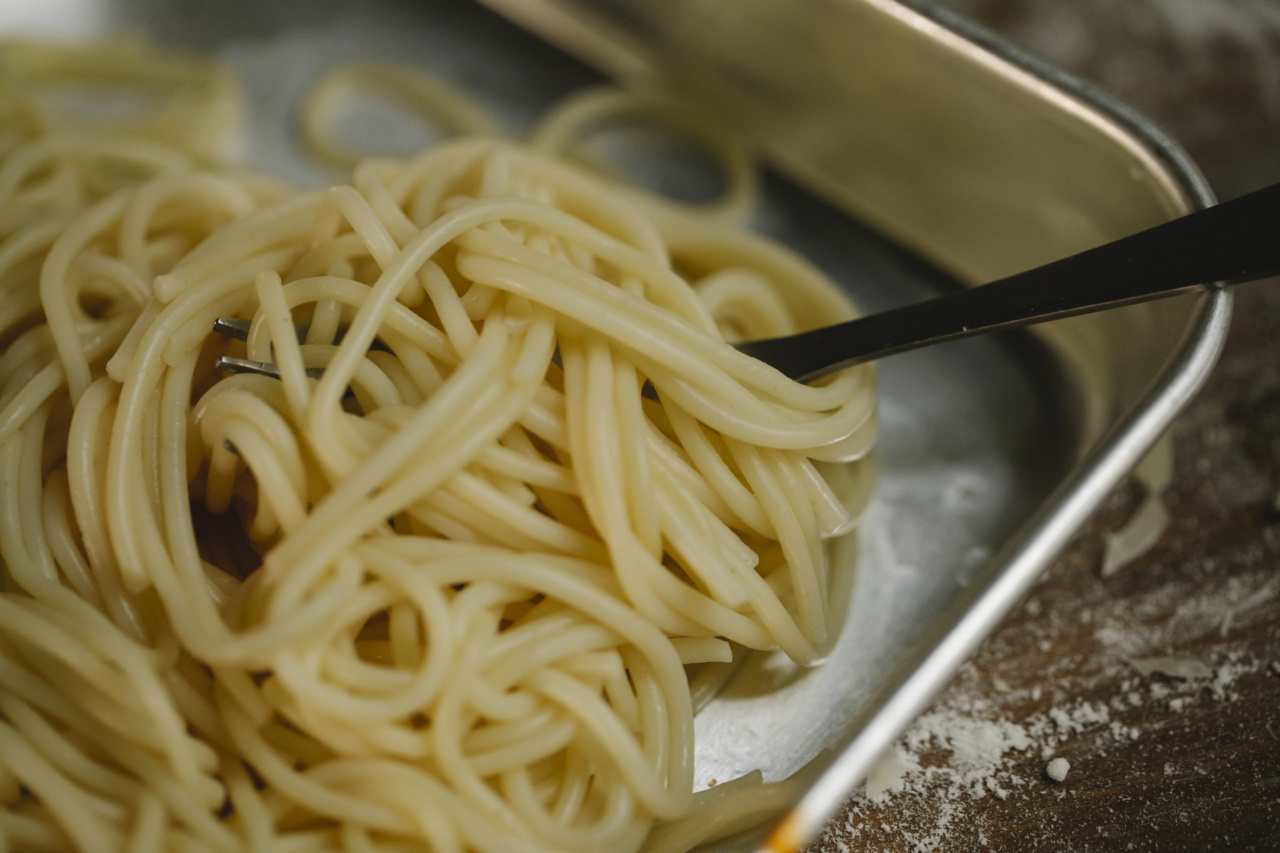Being diagnosed with type 2 diabetes means that your body is unable to properly regulate blood sugar levels.
It’s essential for individuals with this condition to manage their diet carefully, as certain foods can have a significant impact on blood sugar. One factor to consider is the glycemic index (GI) of foods. This index measures how quickly a particular food raises blood sugar levels.
Foods with a high glycemic index can cause sudden spikes in blood sugar, which can be particularly problematic for individuals with type 2 diabetes.
Understanding the Glycemic Index
The glycemic index is a scale that ranks carbohydrate-containing foods based on how they affect blood sugar levels.
Foods with a high glycemic index score quickly increase blood sugar levels, while foods with a low glycemic index cause a slower, more gradual rise.
The Link Between High-Glycemic Foods and Type 2 Diabetes
Consuming high-glycemic foods can lead to significant challenges for individuals with type 2 diabetes. When these foods are digested, they break down quickly into glucose, causing a rapid surge in blood sugar levels.
This sudden spike can be difficult for the body to regulate, leading to elevated blood sugar levels for an extended period.
Consistently high blood sugar levels can have several negative consequences for diabetic individuals. It can contribute to insulin resistance, which means the body becomes less responsive to the insulin it produces or injects.
Insulin resistance makes it more challenging for the body to effectively regulate blood sugar levels, leading to further complications.
Additionally, high blood sugar levels can damage blood vessels and nerves over time, increasing the risk of cardiovascular diseases and diabetic neuropathy.
The Importance of Low-Glycemic Foods
Switching to a diet that is predominantly comprised of low-glycemic foods can help individuals with type 2 diabetes better manage their blood sugar levels. Low-glycemic foods release glucose more slowly, preventing sudden spikes.
This slow and steady release allows the body to effectively regulate blood sugar levels, reducing the risk of related complications.
Furthermore, consuming low-glycemic foods can contribute to weight management, as these foods often provide a feeling of satiety for longer periods.
This can help individuals with type 2 diabetes maintain a healthy weight, which is crucial in managing the condition.
Identifying High-Glycemic Foods
It’s important for individuals with type 2 diabetes to understand which foods have a high glycemic index and should be limited or avoided. Some examples of high-glycemic foods include:.
1. White bread.
2. White rice.
3. Processed cereals.
4. Sugary drinks.
5. Sweets and candies.
6. Potatoes.
7. Watermelon.
8. Pineapple.
9. Raisins.
10. Dates.
Tips for Managing High-Glycemic Foods
While it’s preferable to reduce the consumption of high-glycemic foods, it may not always be possible to completely avoid them. Here are some tips for managing the impact of high-GI foods:.
1. Pair high-glycemic foods with protein or healthy fats to slow down the absorption of sugar.
2. Include fiber-rich foods, such as vegetables and whole grains, in the meal to moderate the rise in blood sugar levels.
3. Limit portion sizes to minimize the impact on blood sugar levels.
4. Opt for healthier alternatives, such as whole wheat bread instead of white bread or sweet potatoes instead of regular potatoes.
Conclusion
The impact of high-glycemic foods on type 2 diabetics should not be underestimated.
By understanding the glycemic index and making informed choices about the foods we consume, individuals with type 2 diabetes can better manage their blood sugar levels and reduce the risk of related complications. Incorporating lower-GI foods into the diet, avoiding high-GI foods whenever possible, and following the tips for managing high-GI foods can significantly contribute to overall well-being and diabetes management.




























